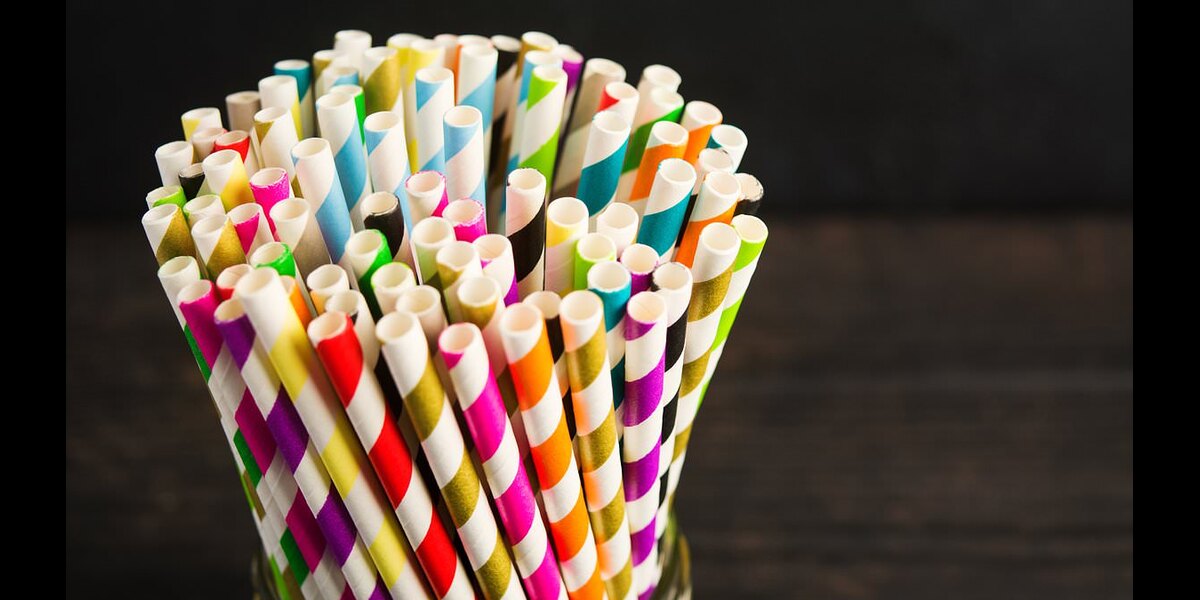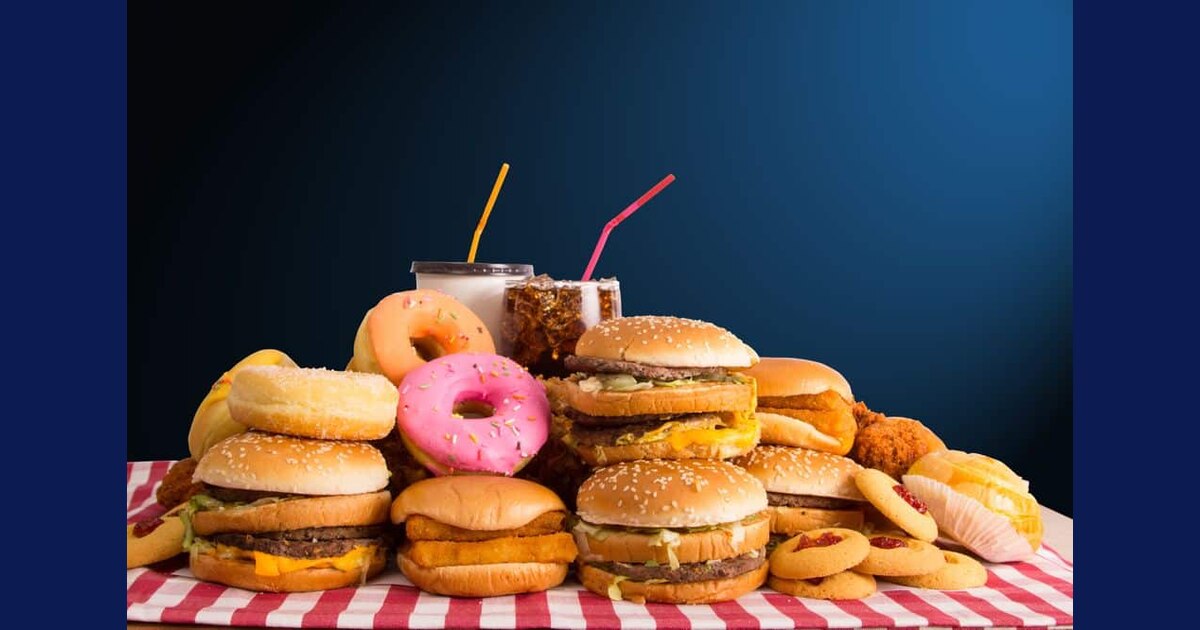You might want to rethink your sipping choices, as those seemingly innocent paper straws are toxic, and might not be as environmentally friendly as we thought.
New Study Says, Paper Straws Are Toxic— Contain ‘Forever Chemicals’
A recent study from Belgian researchers has uncovered that these touted “green” alternatives could actually be worse for the environment than the very plastic straws they were meant to replace.
We’ve all heard the narrative – paper straws, along with bamboo ones, are often hailed as the virtuous replacements for plastic, promising a cleaner planet. But this new study, published in Food Additives & Contaminants, reveals a twist in the tale.
Dr. Thimo Groffen from the University of Antwerp warns that the presence of PFAS (poly- and perfluoroalkyl-based substances), known as “forever chemicals,” in these straws might render them not so eco-friendly after all.
The research compared different types of straws – paper, bamboo, glass, stainless steel, and plastic – for their PFAS content. Astonishingly, a whopping 90% of paper straws were found to contain these potentially harmful chemicals.
Bamboo straws, often presented as a green alternative, followed closely at 80%. Even plastic straws, the very symbol of environmental villainy, had 75% of them contaminated with PFAS.
The concerning part is that PFAS, which have been globally banned since 2020, were discovered in all the analyzed brands.
While their presence might originate from manufacturing processes, the study suggests they could have been purposely added to provide water and grease resistance. This revelation raises questions about the actual eco-friendliness of these straws.
Dr. Groffen stresses that the high levels of PFAS in paper and bamboo straws undermine their biodegradability claims. Moreover, since some of these straws are marketed as “100% recyclable,” their true environmental impact becomes even more perplexing.
The study also found that stainless steel straws, which showed no traces of PFAS, could be a safer alternative or perhaps, doing away with straws altogether might be the best route.
The origins of these chemicals in supposedly green straws remain somewhat of a mystery. They might have seeped into the products from the soil where the plant-based materials were grown or even from the water used during manufacturing.
This discovery casts doubts on the whole concept of eco-friendly alternatives if they end up posing similar or greater risks to the environment.
So, what’s the takeaway on toxic paper straws forever chemicals?
It seems the path to sustainability might not be as straightforward as we assumed. With the curtain pulled back, the eco-conscious consumer might need to reconsider their sipping habits.
Stainless steel straws emerge as a safer choice, and ultimately, sipping straight from the cup might be the most eco-friendly move of all.
As initiatives worldwide push for plastic straw bans, this study serves as a reminder that thorough research and analysis are essential in evaluating the true environmental impact of replacements.
With the seemingly green turning not-so-green, it’s crucial to make choices that genuinely contribute to a healthier planet, even if it means sipping sans straw.








Leave a Reply
You must be logged in to post a comment.